Wildlife Management Issues During Drought
Lack of rainfall can impact wildlife habitats, food availability and quality in times of drought. Here are ways to take stock of conditions and try to help the populations on your ranch.
Just as drought conditions affect ranch management decisions and crop yields, they also take their toll on wildlife. Here are observations about evaluating and managing wildlife habitat and feeding in dry times.

Evaluate waterfowl habitat
If the 2023 drought continues into the fall and water levels keep dropping, waterfowl will have fewer areas to loaf, roost and feed, and will tend not to stay in their normal ranges. This would cause hunting conditions and numbers of birds staying within a given area to be well below average.
However, if we get rain in the fall and impoundments fill up, it should be an excellent year for waterfowl hunting. As water levels have been dropping throughout the summer, moist-soil plants have been germinating and growing along the banks and basins of impoundments. Many of these moist-soil plants are waterfowl foods, such as smartweeds. If water levels rise this fall, these plants will be flooded, creating excellent conditions for waterfowl hunting.
2023 waterfowl populations in the breeding grounds are estimated to be down 7% from 2022 and down 9% below historical averages this year. If our habitat conditions improve, more birds will be in the area and stay longer.
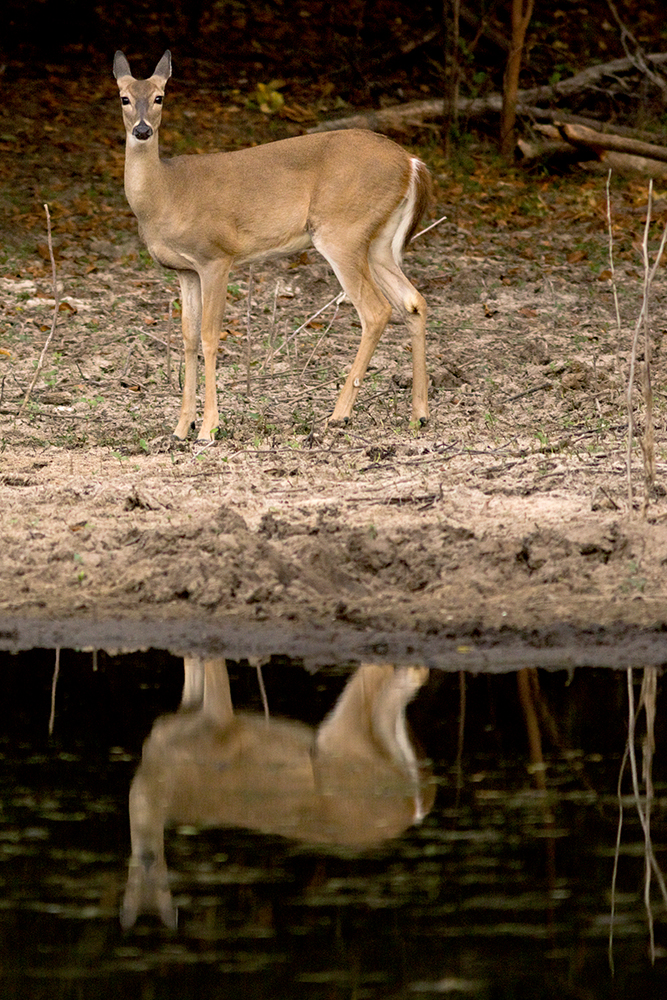
Understand the general effect of drought on white-tailed deer
White-tailed deer have evolved and adapted to cope with the hot, dry summers commonly experienced in Oklahoma and north-central Texas. The drought we are experiencing will probably not have a long-term effect on deer populations but has the potential to have some short-term effects.
Expect mycotoxins in wildlife feed
Mycotoxins are toxins produced by fungi, such as aflatoxins. Stress, including drought, during plant growth tends to encourage fungal infection and, therefore, mycotoxin production. Mycotoxins are known to negatively affect mammals, birds and fish. Relatively high levels of some mycotoxins in feed cause rapid death, while relatively low levels appear to cause no problems. Intermediate levels can cause several effects, such as liver damage, cancer, anemia, tissue necrosis, immune suppression, decreased milk production, decreased egg production, reduced conception, reduced ovulation, poor fetal development, abortion, reduced feed consumption, reduced feed conversion and gastrointestinal disturbances.
Susceptibility to various mycotoxins differs among species and among ages within species. To minimize mycotoxin problems when feeding, only feed seeds or foodstuffs that have been tested for mycotoxins and have levels approved for livestock or human consumption.
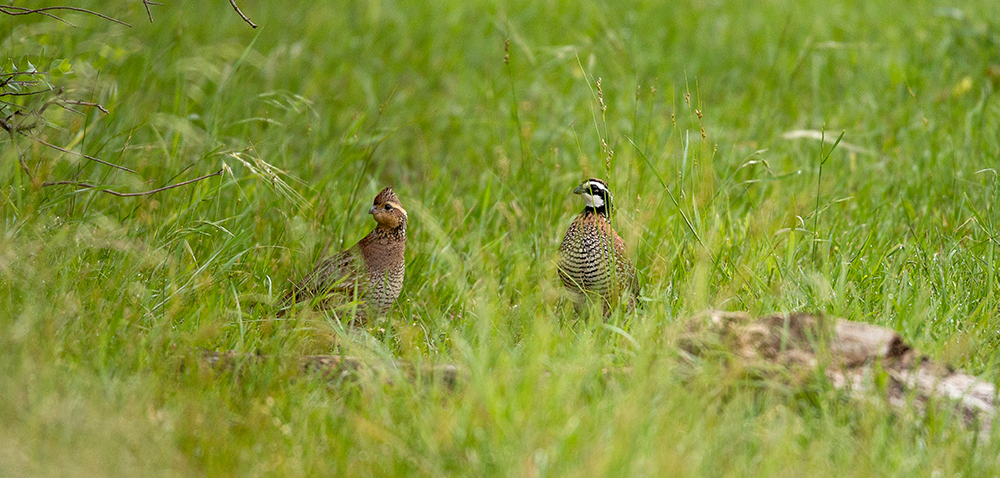
Properly manage grazing for northern bobwhite
Northern bobwhite can be an indicator of good grazing management on native pastures. Regrettably, the elimination and overuse of native pastures are two of the many factors contributing to declining bobwhite numbers. A major component of bobwhite habitat is native grasses.
As with most years of drought, the overall lack of native grass is probably the most limiting factor for bobwhites. Research suggests over 250 clumps of native bunch grasses (i.e., little bluestem) per acre are needed to provide a minimum amount of nesting cover. Bobwhites use last year’s growth to construct this year’s nest; however, in many areas there is very little of last year’s and this year’s growth left.
To ensure adequate nesting cover for bobwhites next spring, maintain 25% to 75% herbaceous canopy cover (grasses and forbs) that is 10 to 20 inches tall.
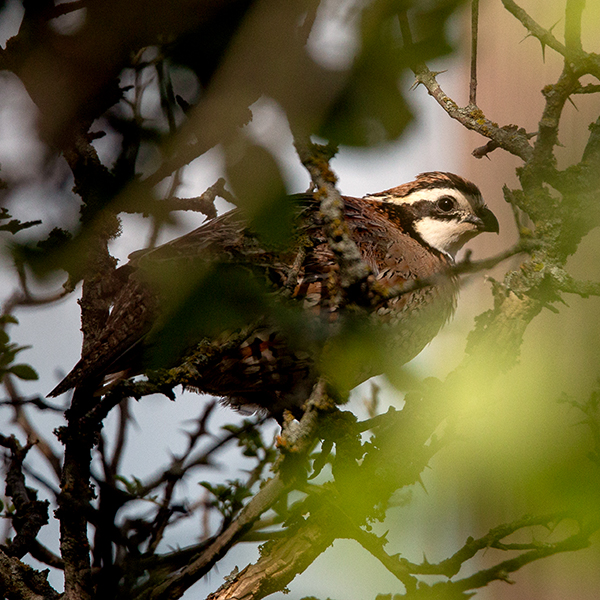
Evaluate the appropriateness of feeding northern bobwhite
Research has shown that providing supplemental food, such as milo or corn, in feeders has little beneficial effect on abundance of bobwhites, regardless of habitat quality. However, in areas with good-to-excellent bobwhite habitat, some studies have shown bobwhites may benefit from feed being broadcast over a significant percentage of the area year-round. Weekly broadcast feeding rates for milo may need to be as high as 2 pounds per acre. Before starting a feeding program, determine whether the cover aspects of habitat meet all the daily and annual requirements needed to support bobwhites.
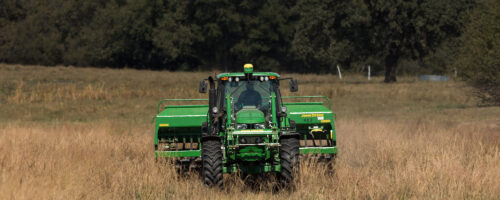
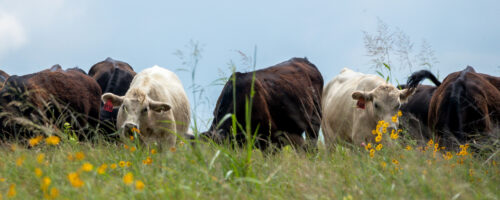
Comment
Leave a Reply
1 comment on: "Wildlife Management Issues During Drought""

Kelly Parker
October 17, 2023This article was very helpful. I look forward to more articles related to those of us that have dedicated our land to wildlife management. I don’t know if Steven works out of the Ardmore office but I would love to visit with him to run some ideas by him of what I’ve been doing with my land and future plans to continue to improve my wildlife habitat. It may make some good articles to share projects from those of us working towards the ideal wildlife habitat properties.